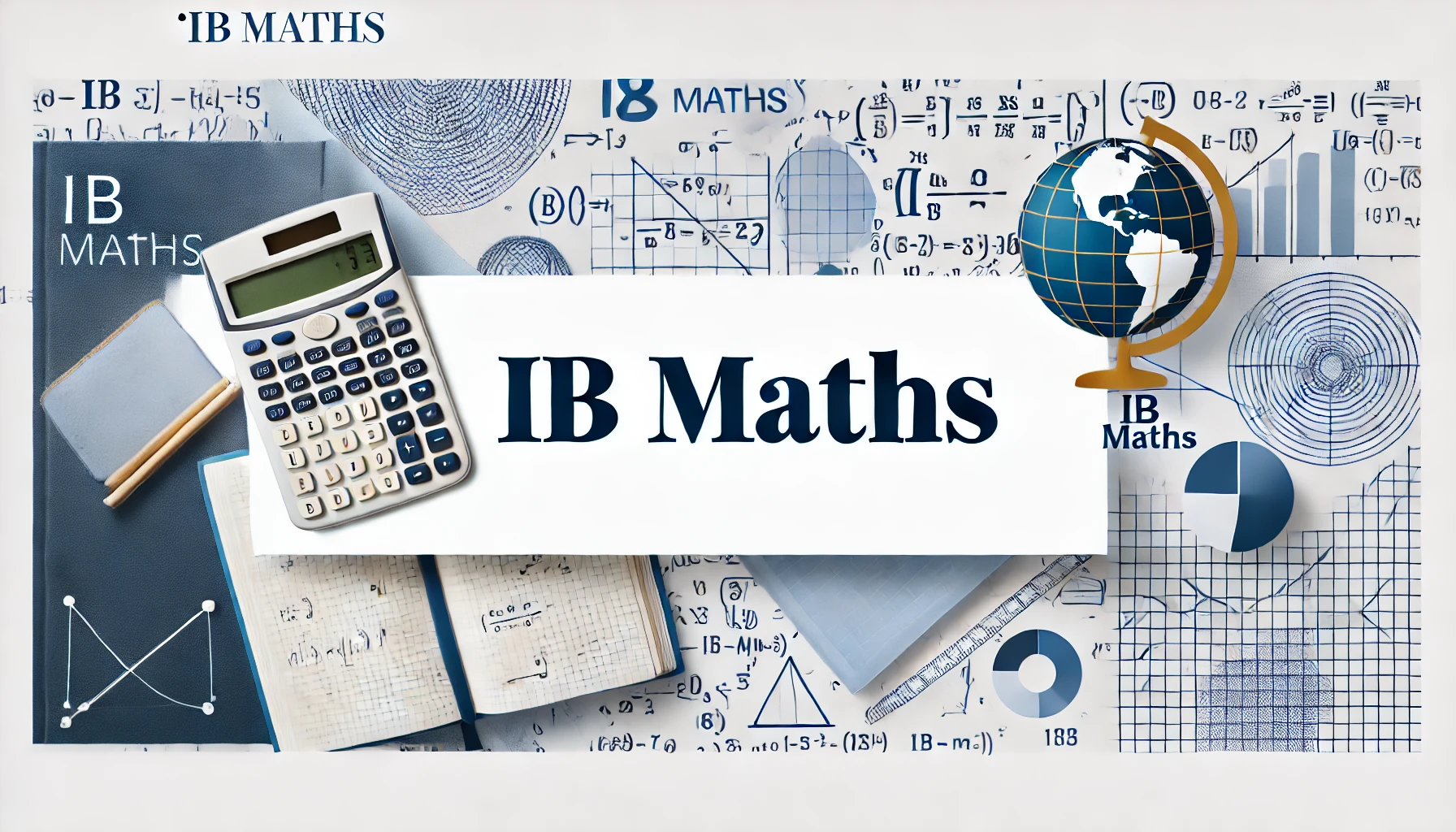

For students tackling IB Mathematics, it’s not just about formulas but a lot of the time it comes down to how well you answer the question based on what the IB examiners are looking for. One of the key tools to doing this is by understanding the command terms. These are specific words or phrases that appear in exam questions, instructing students on exactly what is expected in their responses.
What Are Command Terms?
Command terms are the verbs or instructions used in IB Maths questions to indicate what kind of response is required. They range from straightforward tasks like "state" or "write down" to more complex actions such as "explain" or "derive."
Each term has a distinct meaning, and IB examiners expect students to address these terms precisely in their answers. For example, "calculate" means to show all working leading to the final answer, while "describe" requires a written explanation of a mathematical concept or process.
For most IB subjects, your exams are worth ~80% of your mark. It is super important that students are famailr with them to maximise their scores in their exams
Check out our blog for a full breakdown of how the IB is graded
IB Maths Command Terms
Why Are Command Terms Important?
- Clarity of Expectations: Command terms make it clear what the question demands. Ignoring them or misinterpreting them can lead to incomplete or incorrect answers, even if your mathematical reasoning is sound.
- Efficient Time Management: By identifying the command term early, you can tailor your response to match the expected level of detail and avoid wasting time on unnecessary elaboration.
- Maximizing Marks: IB examiners grade answers according to the question's specific requirements. Responding correctly to command terms ensures you address all the criteria needed for full marks.
Study and Exam Tips for IB Maths
Mastering command terms is just one part of excelling in IB Maths. Here are additional tips to ensure you're fully prepared:
- Practice Past Papers:
- Familiarise yourself with how command terms are used in IB exams by practicing past papers. Pay attention to how questions are phrased and the corresponding mark schemes.
After interviewing over 500 IB tutors, one piece of advice stood out above the rest: the best way to prepare for IB exams is by practicing past papers
- Create a Command Term Glossary:
- Write down all command terms and their definitions in a single document or flashcards. Review these regularly to reinforce your understanding.
- Understand the Mark Schemes:
- Examine how marks are allocated for each type of question. This will help you grasp the level of detail and steps required for each command term.
- Show Your Working:
- Even if a question seems straightforward, always show your calculations and reasoning. This is especially important for terms like "justify" or "explain."
- Time Your Practice:
- In timed practice exams, train yourself to quickly identify the command term and adapt your response accordingly. This will help you allocate your time wisely during the actual exam.
- Ask for Feedback:
- When solving problems, ask your teacher or tutor to critique whether your response aligns with the command term. This feedback will fine-tune your answering technique.
Understanding command terms can be super helpful to succeed in IB Maths. These terms not only guide your answers but also ensure you focus on what examiners are looking for. However this is just one piece of the puzzle. Combine this with consistent practice and a strong grasp of mathematical concepts, and you'll be well on your way to achieving top marks in IB Maths.





